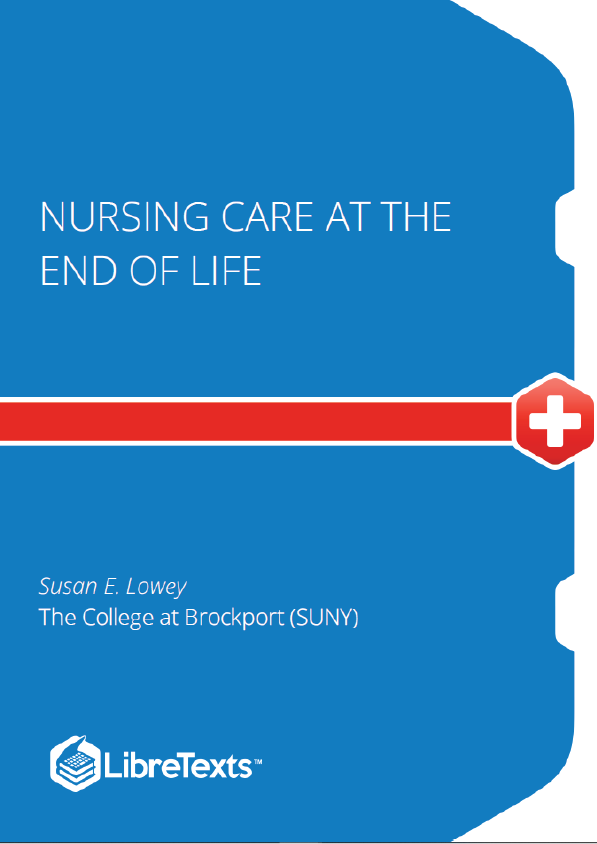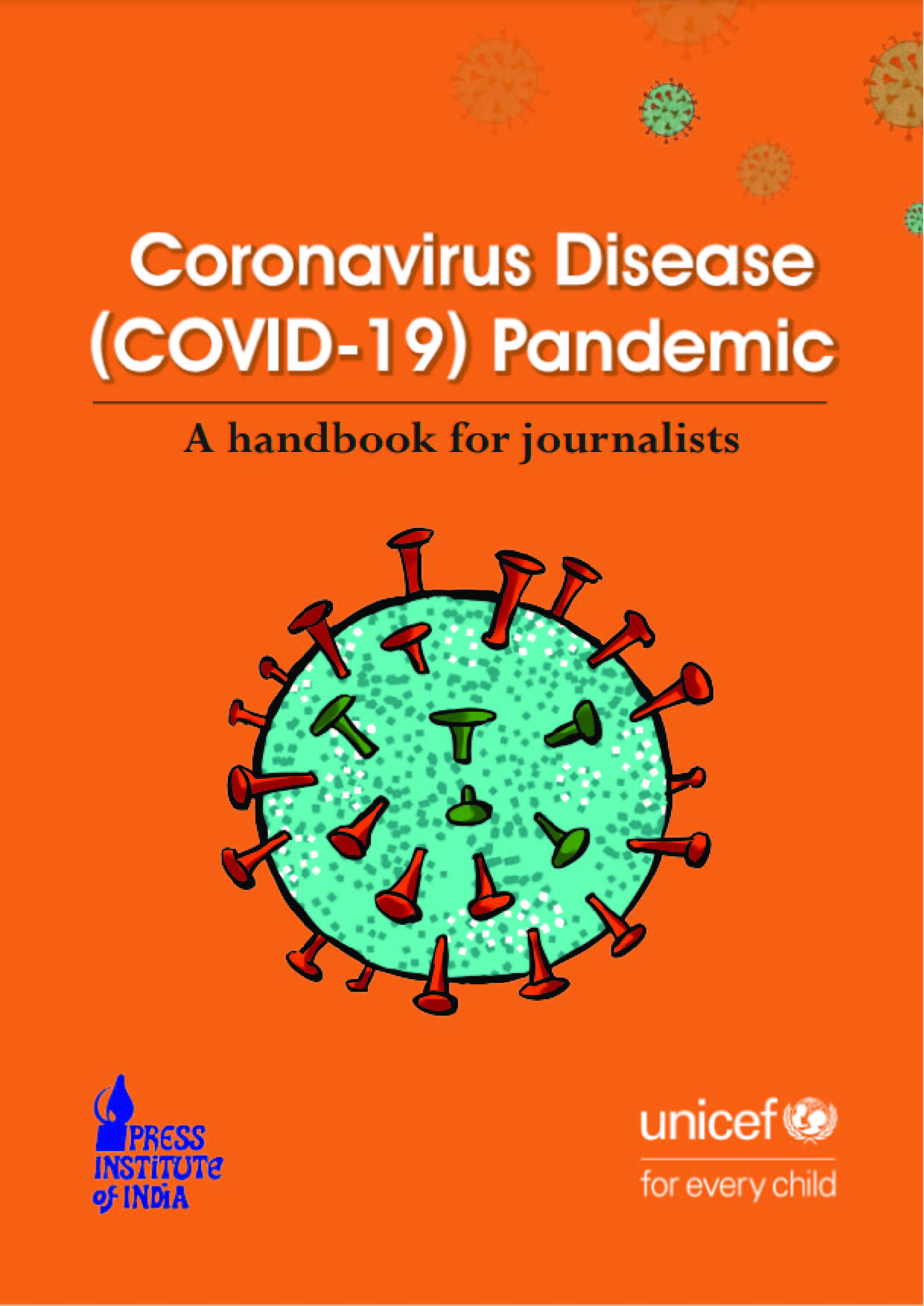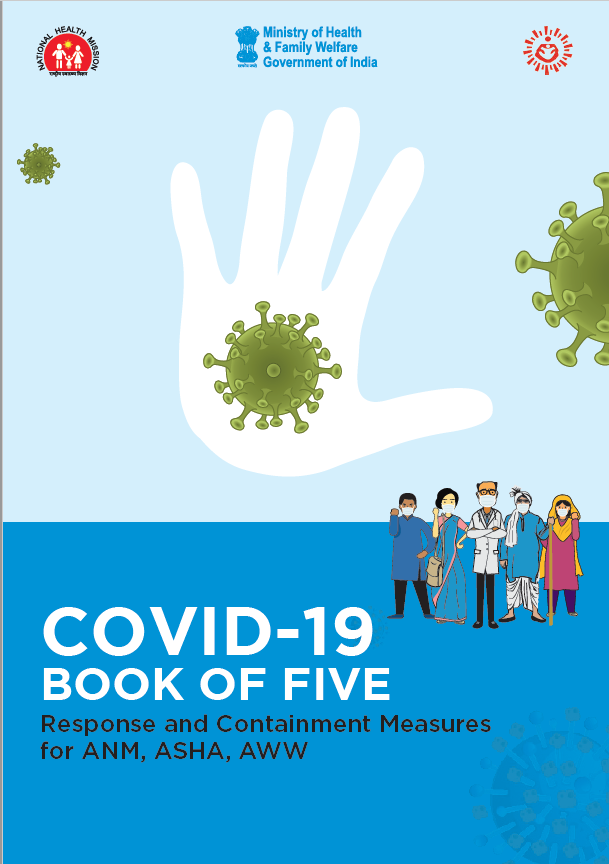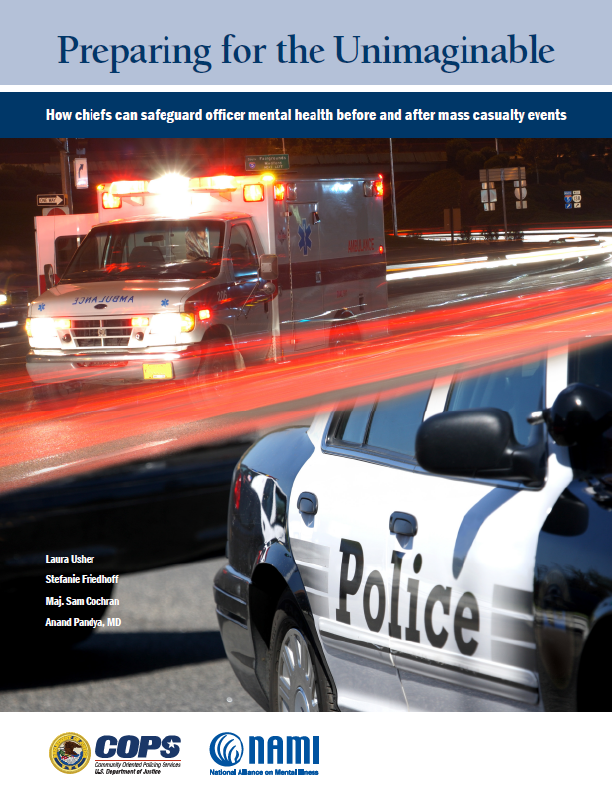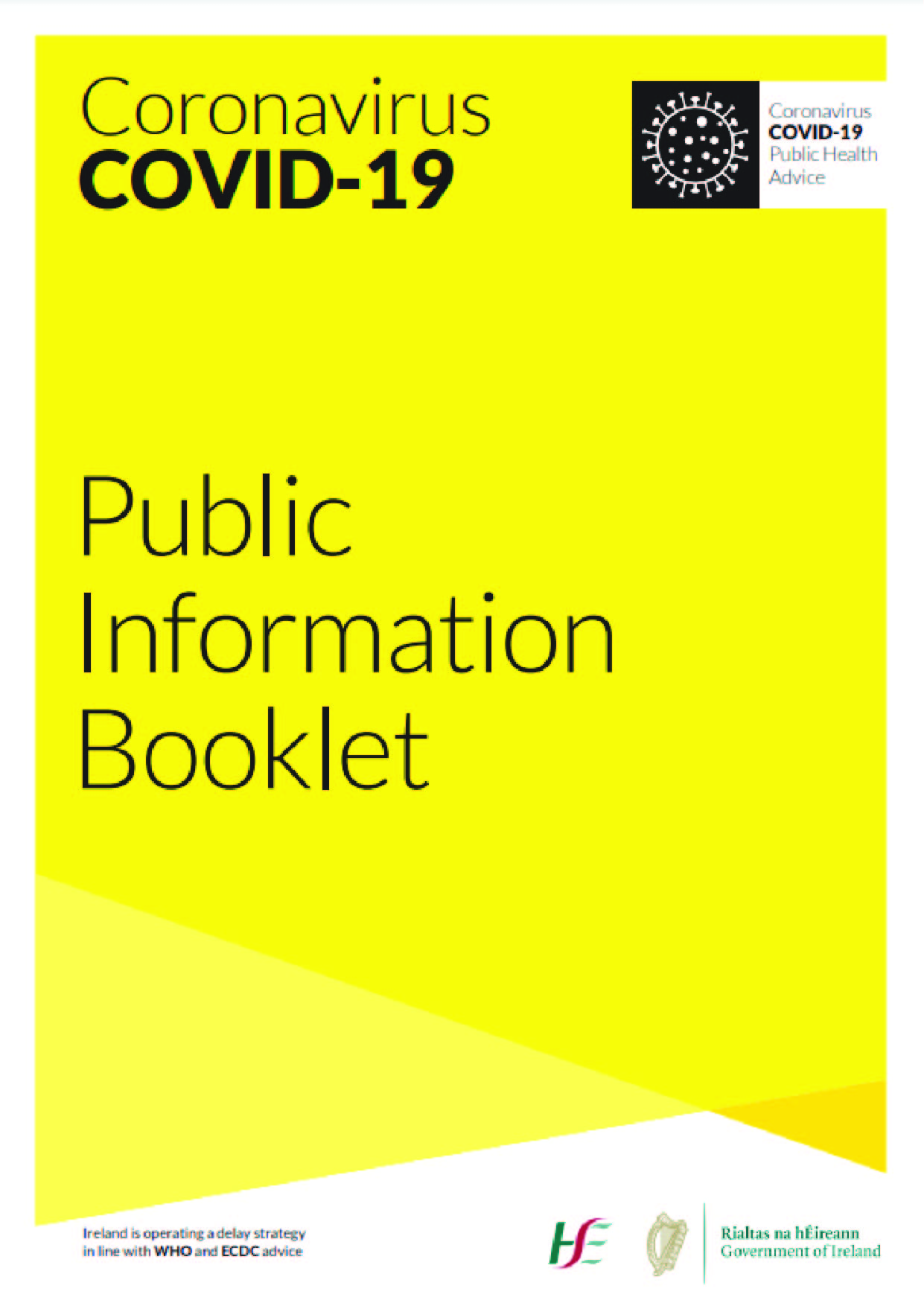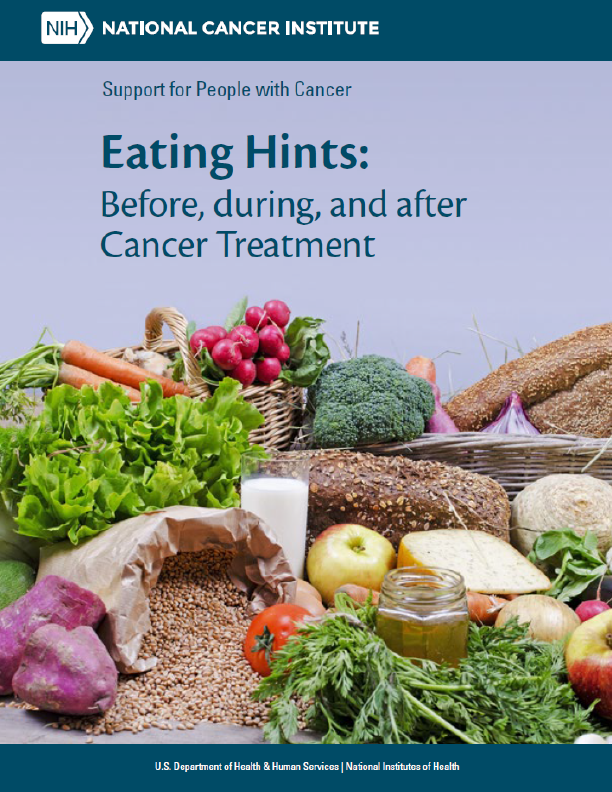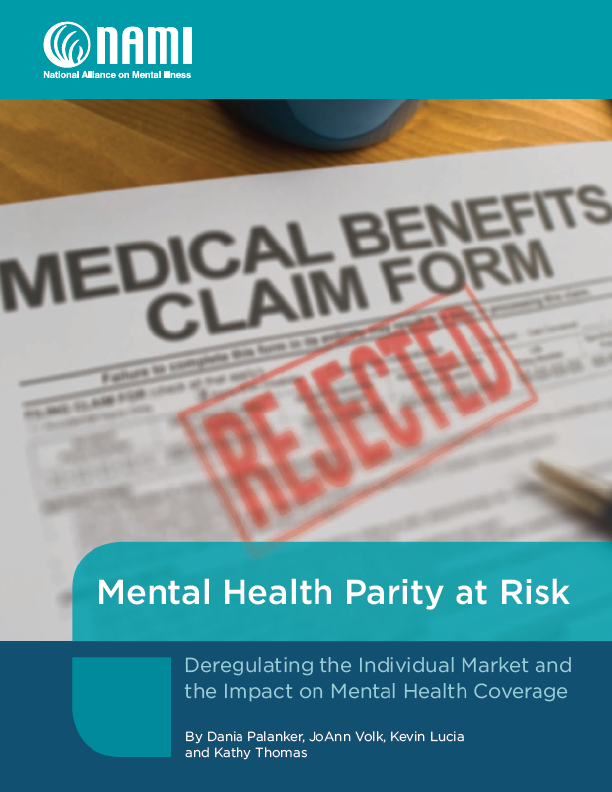Nursing Care at the End of Life should be an essential component of basic educational preparation for the professional registered nurse student. Recent studies show that only one in four nurses feel confident in caring for dying patients and their families and less than 2% of overall content in nursing textbooks is related to end-of-life care, despite the tremendous growth in palliative and endof- life care programs across the country. The purpose of this textbook is to provide an indepth look at death and dying in this country, including the vital role of the nurse in assisting patients and families along the journey towards the end of life. There is an emphasis throughout the book on the simple, yet understated value of effective interpersonal communication between the patient and clinician.
A Historical Overview of End-of-Life Care
History cannot give us a program for the future, but it can give us a fuller understanding of ourselves, and of our common humanity, so that we can better face the future. -Robert Penn Warren
- Describe how death and dying has changed in this country over the past few centuries.
- Identify the current top ten causes of death in the United States.
- Explain what end-of-life care is and what it encompasses.
- Identify the role of the nurse in end-of-life care.
- wing laws within the Ideal Gas Law
Death, especially in the United States, is a topic that makes people uncomfortable. Physical death is the cessation of all vital functions of the body, including heartbeat and respiration. Some religions believe that it is the end point of life here on earth. As such, death is often an event that is both dreaded and perceived negatively. People do not like to talk about it, plan for it, or acknowledge it, even when it is present. Death can be a normal event that occurs in the daily work setting for those who work in healthcare. Nurses care for patients who have illnesses or injuries that can cause or contribute to their death. Depending on the specific work setting of the nurse, their exposure to patient deaths will vary. Most nurses, however, will routinely encounter patients who are dying or have died and families who are dealing with that loss.
Historical Trends in Death & Dying
In the twenty-first century, the way that death is perceived by both the layperson and medical professional, greatly differs from the way death was perceived in the past. This is because there have been many changes regarding death and dying in this country over the last century. In the 1800s, little could be done for the sick outside of easing symptoms. Deaths usually occurred suddenly, often only days from the onset of illness. Infectious and communicable diseases such as smallpox, diphtheria and cholera were the predominant cause of death. The average life expectancy was around 50 years of age (Stanhope & Lancaster, 2014). Back then, most deaths occurred in the home and most of the care that was provided came from family members rather than health care providers. So, in essence, death was quicker, people died in a familiar environment, and there seemingly were less or no choices available to save the person’s life. If a person became afflicted with one of those infectious diseases, they would die.
